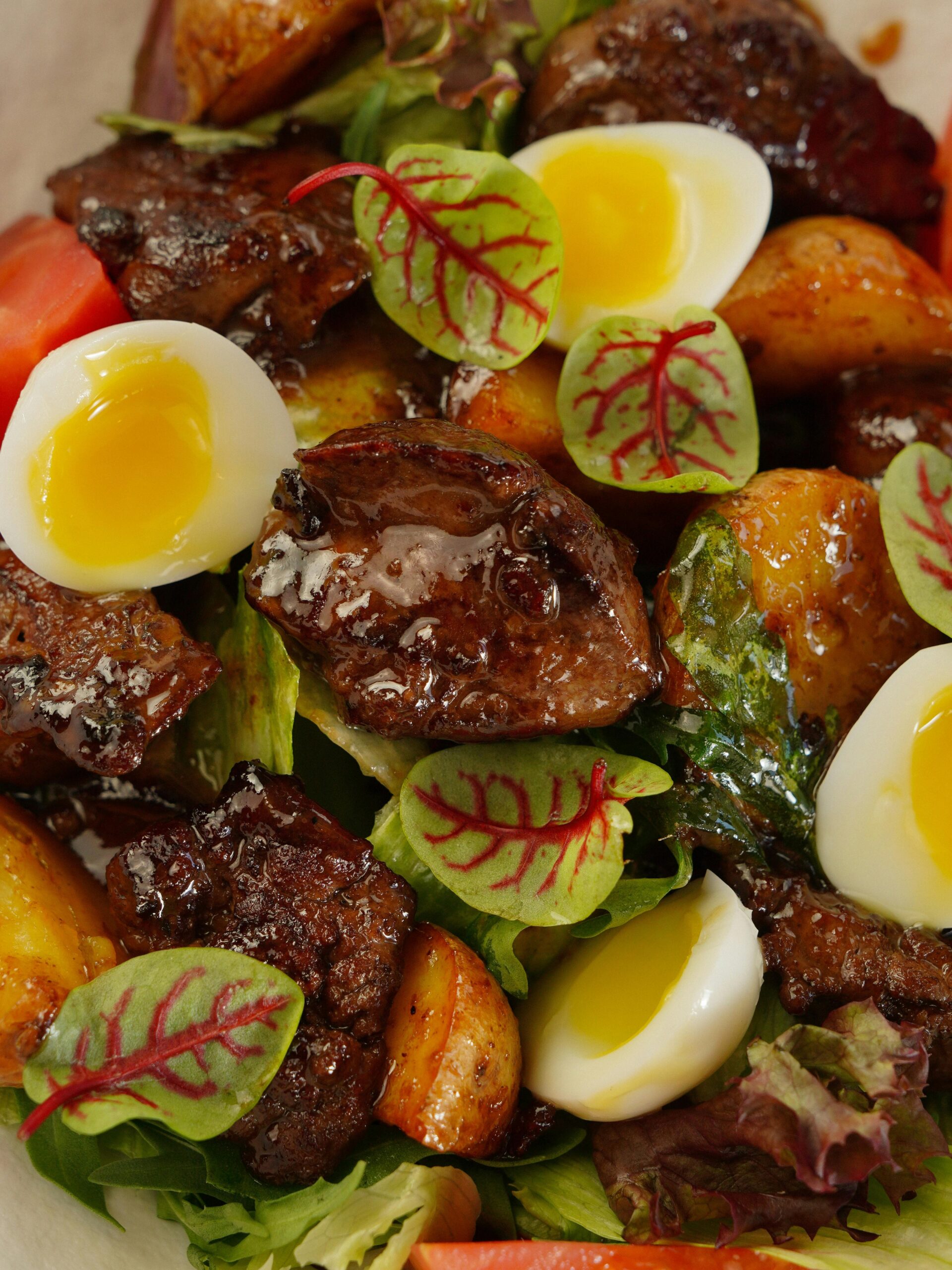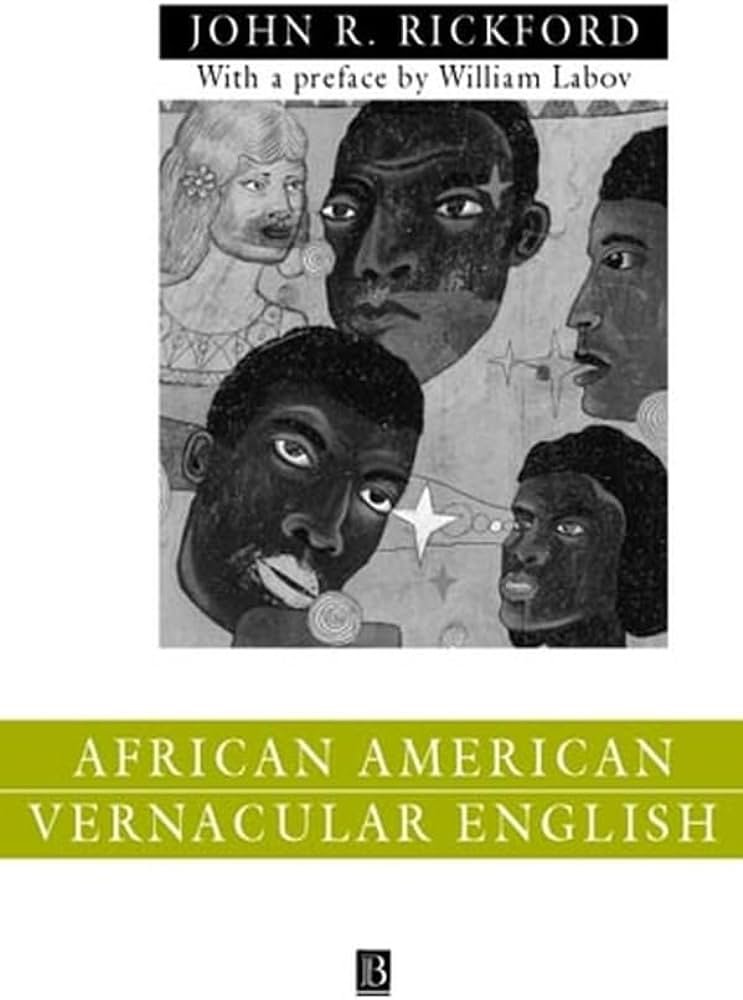What Is The History Of African Americans In The United States?
What Is The History Of African Americans In The United States? Do you ever wonder about the rich and diverse history of African Americans in the United States? From the early days of slavery to the Civil Rights Movement and beyond, the history of African Americans is a testament to resilience, determination, and triumph. Embark on a journey through time as we explore the struggles, achievements, and contributions of African Americans that have shaped the fabric of our nation. Get ready to be inspired and enlightened as we uncover the stories that have often been overlooked or forgotten. Let's dive into the captivating history of African Americans in the United States.Pre-Slavery Era
Origins of African Americans
The history of African Americans in the United States begins long before the introduction of slavery. The origins of African Americans can be traced back to Africa, where they were part of diverse and vibrant societies. Africa was home to numerous civilizations, such as the Kingdom of Ghana, Mali, and Songhai, which laid the foundations for advanced systems of governance, agriculture, trade, and art. These African societies thrived with their unique cultures, languages, and traditions.African Societies and Trading
African societies had well-established trading networks that spanned across the continent and beyond. Trade routes flourished, connecting various regions and enabling the exchange of goods, ideas, and resources. Africans engaged in commerce through the Trans-Saharan trade, maritime trade along the East and West coasts of Africa, and riverine trade along the Niger and Congo Rivers. This extensive trading network fostered cultural exchange and economic development, contributing to the rich heritage of African peoples.African Diaspora
The African diaspora refers to the dispersal of African peoples through forced migration, primarily during the transatlantic slave trade. This tragic period in history saw millions of Africans forcibly taken from their homelands and transported across the Atlantic Ocean to the Americas. The experiences of those who survived the treacherous Middle Passage were marked by unimaginable suffering, as they were subjected to captivity, cruelty, and dehumanization upon arrival.
Slavery in America
Introduction of Slavery
Slavery was introduced to the American colonies in the early 17th century. The first recorded arrival of enslaved Africans in English North America occurred in Jamestown, Virginia, in 1619. Initially, slaves were treated as indentured servants, with the possibility of eventually gaining their freedom. However, as the demand for labor increased, laws were enacted to institutionalize the enslavement of Africans and their descendants.Slave Trade in the 17th and 18th Centuries
The slave trade grew exponentially in the 17th and 18th centuries, with Europeans, predominantly from Western nations, engaging in the transatlantic slave trade. African captives were forcibly transported to the Americas, where they were bought and sold as property. The Middle Passage, a harrowing journey endured by enslaved Africans aboard cramped, disease-ridden ships, represented the darkest chapter of this trade.Life and Conditions of Slaves
The lives of enslaved Africans in America were marked by extreme hardship, brutality, and dehumanization. They were subjected to grueling labor on plantations, working in fields and harsh conditions. They were denied basic human rights, subjected to physical and psychological abuse, and living in cramped quarters. Families were often separated, and cultural practices were extinguished. Despite these unimaginable circumstances, African Americans preserved their culture and maintained a sense of community through the perseverance of their traditions, music, and spirituality.Abolitionist Movements
Throughout the era of slavery, there were individuals and organizations that fought tirelessly for the abolition of slavery. The abolitionist movement gained momentum in the 19th century, advocating for the immediate end of slavery and the recognition of African Americans as equal human beings. Influential figures such as Frederick Douglass, Harriet Tubman, and Sojourner Truth played pivotal roles in both raising awareness about the horrors of slavery and actively working to bring an end to this unjust institution.
Post-Slavery Era
Reconstruction Period
The Reconstruction period followed the end of the American Civil War and aimed to rebuild the United States and address the socio-political landscape. During this period, significant strides were made towards securing civil rights for African Americans. The 13th, 14th, and 15th Amendments to the Constitution abolished slavery, granted citizenship rights, and guaranteed voting rights to African American men. African Americans also actively participated in politics, holding positions in local and state governments.Jim Crow Laws and Segregation
The progress made during Reconstruction was short-lived, as the implementation of Jim Crow laws in the late 19th and early 20th centuries ushered in a new era of racial segregation and discrimination. These laws enforced the separation of African Americans and whites in public spaces, education, housing, and employment. African Americans were systematically oppressed and denied their civil rights, leading to widespread inequality and limited opportunities for advancement.Great Migration
Amidst the hostile environment of racial discrimination, African Americans sought better opportunities and freedom by embarking on the Great Migration. From the early 20th century to the 1970s, millions of African Americans moved from the rural South to Northern and Western cities. This mass migration led to significant demographic shifts and the emergence of vibrant African American communities in urban areas. African Americans contributed to the cultural, social, and economic fabric of these cities, bringing forth new forms of artistic expression and political activism.Civil Rights Movement
The Civil Rights Movement of the mid-20th century was a defining moment in African American history. Led by influential figures such as Martin Luther King Jr., Rosa Parks, and Malcolm X, this movement aimed to eradicate racial segregation, discrimination, and systemic racism. Through nonviolent protests, grassroots activism, and legal challenges, the movement gained significant victories, culminating in the passage of landmark legislation, such as the Civil Rights Act of 1964 and the Voting Rights Act of 1965.Modern African American Culture
Influences and Contributions
African Americans have made profound contributions to American culture in various fields. In music, genres such as jazz, blues, gospel, and hip-hop have emerged from African American communities, shaping the cultural landscape of the nation. African American literature, art, cuisine, and fashion have also left an indelible mark on American society. Through these artistic expressions and contributions, African Americans have fostered a sense of pride, resilience, and cultural identity.Political and Social Activism
Political and social activism has been a cornerstone of African American culture throughout history. From the early abolitionist movements to the Civil Rights Movement and beyond, African Americans have consistently fought for equality, justice, and the dismantling of systemic racism. Today, organizations such as Black Lives Matter continue the ongoing struggle against racial injustice, advocating for meaningful change and equal treatment for all.Economic Advancements
Despite the persisting challenges of racial discrimination, African Americans have made significant economic advancements. African American entrepreneurs, professionals, and business leaders have played instrumental roles in various industries, contributing to innovation, economic growth, and job creation. However, it is essential to acknowledge that systemic barriers and disparities continue to hinder African Americans' full access to equal economic opportunities.African Americans in Contemporary America
Social and Economic Disparities
Contemporary America still grapples with stark social and economic disparities that disproportionately affect African Americans. These disparities manifest in areas such as education, healthcare, housing, and criminal justice. African Americans continue to face higher rates of poverty, limited access to quality education and healthcare, and higher incarceration rates compared to their white counterparts. Addressing these disparities remains a crucial challenge for the nation.Racial Discrimination and Inequality
The issue of racial discrimination and inequality persists in various aspects of American society. African Americans continue to experience systemic racism, facing obstacles in employment, housing, and criminal justice. Racial profiling, police brutality, and unequal treatment under the law remain significant concerns. Efforts towards dismantling these deeply rooted structures of racism are ongoing, as the nation strives to bridge the racial divide and promote equality for all.Representation in Politics and Media
Increasing representation of African Americans in politics and media has been an important goal in contemporary America. African American political leaders at local, state, and national levels are working to amplify the voices and perspectives of their communities. Similarly, strides have been made in media representation, with more diverse stories and voices being told. However, there is still progress to be made to fully reflect the diversity of African American experiences and ensure equitable representation in all aspects of society. FAQs: Frequently Asked Questions 1. What significant events shaped the history of African Americans in the United States? The history of African Americans in the United States is marked by a series of significant events that have shaped their experiences and contributions to the nation. From the arrival of the first enslaved Africans in the early colonial period to the Civil Rights Movement and beyond, these events have had a profound impact on the African American community and the country as a whole. 2. How did slavery impact the lives of African Americans in America? Slavery had a devastating impact on the lives of African Americans in America, shaping their economic, social, and cultural experiences for centuries. Enslaved individuals were subjected to forced labor, brutal treatment, and the denial of basic human rights. The legacy of slavery continues to influence patterns of inequality and systemic racism in the United States today. 3. What role did African Americans play in the Civil Rights Movement? African Americans played a central role in the Civil Rights Movement, advocating for equal rights, desegregation, and an end to racial discrimination. Leaders such as Martin Luther King Jr., Rosa Parks, and Malcolm X mobilized communities and organized nonviolent protests to challenge segregation laws and promote social justice. 4. How did African Americans contribute to the cultural and artistic landscape of the United States? African Americans have made significant contributions to the cultural and artistic landscape of the United States across various fields, including music, literature, art, and dance. From the Harlem Renaissance to the rise of hip-hop, African American creativity and innovation have enriched American culture and influenced global trends. 5. What challenges did African Americans face during the Jim Crow era? During the Jim Crow era, African Americans faced widespread racial segregation, disenfranchisement, and violence. Segregated facilities, discriminatory laws, and social customs enforced racial hierarchy and limited opportunities for African Americans in education, employment, and public life. 6. What was the impact of landmark Supreme Court cases on the rights of African Americans? Landmark Supreme Court cases such as Brown v. Board of Education, which declared school segregation unconstitutional, and Loving v. Virginia, which struck down laws banning interracial marriage, played a crucial role in advancing the rights and freedoms of African Americans and challenging institutionalized racism. 7. How did the Great Migration shape the demographic and social fabric of the United States? The Great Migration, during which millions of African Americans moved from the rural South to urban areas in the North and West, reshaped the demographic and social fabric of the United States. This mass migration contributed to the growth of urban centers, transformed labor markets, and fostered the development of vibrant African American communities. 8. What were the achievements and contributions of notable African American leaders and figures throughout history? Throughout history, notable African American leaders and figures have made significant achievements and contributions in various fields, including politics, science, literature, sports, and the arts. From figures like Frederick Douglass and Harriet Tubman to modern-day trailblazers like Barack Obama and Oprah Winfrey, their accomplishments have left a lasting legacy. 9. How has the portrayal of African Americans in media and popular culture evolved over time? The portrayal of African Americans in media and popular culture has evolved over time, reflecting changing social attitudes and cultural norms. While stereotypes and misrepresentations persist, there has been a greater diversity of narratives and representations that reflect the complexity and diversity of the African American experience. 10. What are some ongoing issues and disparities faced by African Americans in the United States today? Despite progress in civil rights and racial equality, African Americans continue to face ongoing issues and disparities in areas such as education, healthcare, criminal justice, and economic opportunity. Systemic racism, unequal treatment, and socioeconomic factors contribute to these disparities, highlighting the ongoing need for social justice and reform efforts. In conclusion, the history of African Americans in the United States is a complex and turbulent narrative marked by resilience, struggle, and cultural contributions. From their origins in Africa to the introduction of slavery, the post-slavery era, and contemporary America, African Americans have continually faced adversity while making significant advancements and contributions to the nation's social, political, and cultural fabric. The ongoing fight against racial discrimination and inequality remains a pressing issue, demanding collective effort and commitment from all Americans to create a more equitable and inclusive society for future generations.https://howtoplaythedjembedrums.com/what-is-the-history-of-african-americans-in-the-united-states/


















